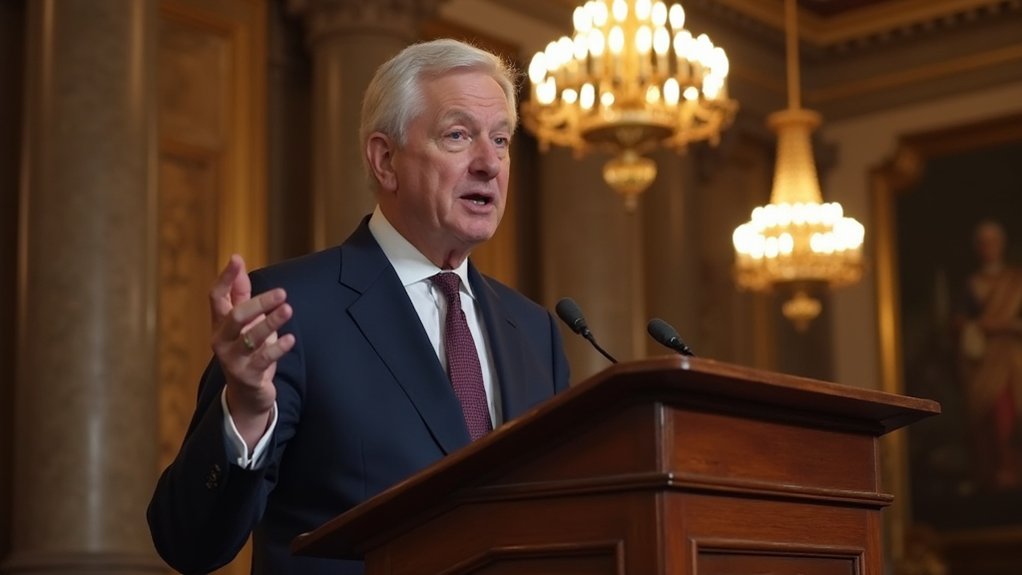While traditional banks once viewed digital currencies with the skepticism typically reserved for carnival fortune tellers, nearly half of banking institutions now embrace stablecoins as integral components of their payment operations—a remarkable shift that has unfolded with the quiet efficiency of compound interest.
The numbers tell a compelling story: stablecoins process approximately $30 billion in daily transactions (admittedly less than 1% of global money flows), yet their impact reverberates through banking corridors with disproportionate force. Banks cite faster transaction settlements as the primary benefit, with 48% acknowledging that stablecoins release trapped capital by compressing settlement times—a revelation that apparently required extensive surveying to confirm what basic arithmetic could have demonstrated years earlier.
The GENIUS Act, having passed the Senate and awaiting House approval, represents the first federal regulatory framework for USD-backed stablecoins. However, banking executives increasingly worry about potential loopholes that could accelerate deposit flight. Circle’s USDC, boasting a $62 billion market cap, exemplifies how stablecoin issuers are positioning themselves as quasi-banks, with Circle actively pursuing banking licenses to formalize this evolution. The stablecoin market’s remarkable growth to $228 billion reflects infrastructure demand rather than widespread payment adoption, underscoring the disconnect between institutional investment and consumer usage.
Perhaps most unsettling for traditional institutions is the prospect of corporate giants like Amazon and Walmart issuing their own stablecoins. When retailers contemplate becoming monetary authorities, one might reasonably question whether we’ve crossed some invisible Rubicon of financial innovation or simply witnessed the logical conclusion of platform capitalism. Notably, participation spans from Tier-1 banks to regional players, demonstrating that stablecoin adoption has achieved institutional breadth across the banking hierarchy.
The acquisition frenzy—exemplified by Stripe’s takeover of Bridge and the 186% increase in stablecoin-related press releases during early 2025—signals that established players recognize the existential nature of this change. Banks face an uncomfortable choice: embrace programmable money infrastructure or watch clients migrate to more agile alternatives.
The irony is palpable. Banks spent decades perfecting the art of extracting fees from payment friction, only to discover that clients prefer the radical concept of instant, transparent settlements. The landscape shifts with remarkable velocity, as daily announcements of new stablecoin projects continue to reshape the competitive environment.
Stablecoins operate continuously, transcending banking hours and geographical boundaries—revolutionary features that fundamentally replicate what digital systems should have delivered decades ago.
As widespread stablecoin adoption threatens traditional deposit funding models, banks must navigate between embracing innovation and protecting existing revenue streams, all while regulators scramble to close loopholes in hastily crafted legislation.






